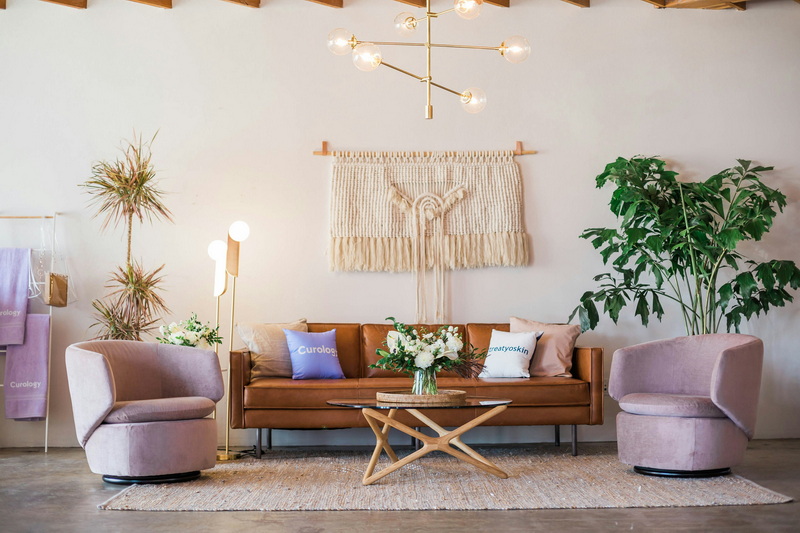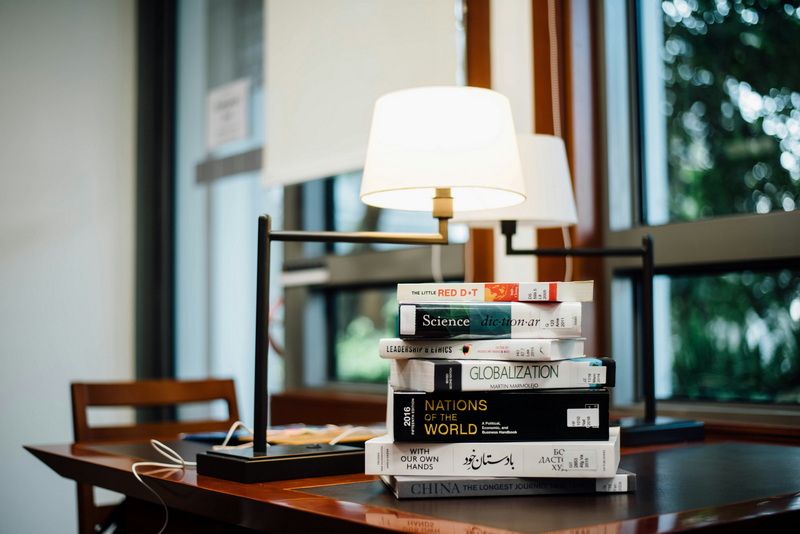English 




Views: 222 Author: Astin Publish Time: 2025-02-28 Origin: Site



Content Menu
● Introduction to Painting Aluminum
● Preparing the Aluminum Surface
>> Cleaning
>> Sanding
● Tips for a Successful Paint Job
● DIY vs. Professional Painting
● FAQ
>> 1. What Type of Paint Should I Use for Aluminum Patio Furniture?
>> 2. Is Primer Necessary When Painting Aluminum?
>> 3. How Do I Protect Fabric Parts of the Furniture from Paint?
>> 4. Can I Use Regular Spray Paint on Aluminum?
>> 5. How Long Does It Take for Painted Aluminum Furniture to Dry Completely?
Painting aluminum patio furniture is a cost-effective and creative way to give your outdoor space a fresh new look. Whether you're looking to update the color, cover scratches, or protect the metal from further weathering, the process is relatively straightforward. Here's a comprehensive guide to help you achieve professional-looking results.

Aluminum is a versatile and durable material commonly used in outdoor furniture due to its lightweight and corrosion-resistant properties. However, over time, the finish may fade or chip, necessitating a repaint. Before starting, ensure you have the right materials and follow the necessary steps to ensure a successful transformation.
1. Choose a Well-Ventilated Area: Move your furniture to a well-ventilated area to avoid inhaling fumes from cleaners and paint.
2. Lay Drop Cloths: Protect the surrounding surfaces with drop cloths to prevent paint splatters.
3. Clean the Aluminum: Mix warm water with a degreaser or dish soap in a bucket. Dip a rag into the solution and wipe down the aluminum to remove dirt and grime. For stubborn stains or rust, use a wire brush to gently scrub the area.
1. Remove Flaking Paint: Use a wire brush or sandpaper to remove any flaking paint. This ensures better adhesion for the new paint.
2. Sand the Surface: Start with coarse-grit sandpaper to roughen the surface, then switch to fine-grit sandpaper for a smoother finish. This step helps the primer adhere better.
1. Select a Self-Etching Primer: This type of primer is specifically designed for metal surfaces and creates a strong bond between the aluminum and the paint.
2. Apply Primer: Use a spray can for an even application. Hold the can about 8-10 inches away from the surface and spray in a steady, sweeping motion. Ensure all metal areas are covered thoroughly.
3. Allow Primer to Dry: Follow the manufacturer's instructions for drying times before proceeding.

1. Choose the Right Paint: Opt for exterior-grade enamel spray paint formulated for aluminum. Avoid high-gloss finishes as they highlight imperfections; instead, choose satin or semi-gloss for a smoother look.
2. Apply Paint Coats: Start with a light coat, allowing it to dry according to the manufacturer's instructions. Lightly sand the surface with fine-grit sandpaper before applying additional coats. This ensures better adhesion and a smoother finish.
1. Apply Enamel Sealer: Once the paint is fully dry, apply at least two coats of enamel sealer to protect the paint from chipping and fading.
- Mask Fabric Areas: Use tape or wrapping paper to protect fabric parts of the furniture from paint.
- Work in a Well-Ventilated Area: Always spray paint in a well-ventilated area to avoid inhaling fumes.
- Follow Manufacturer Instructions: Adhere to the drying times and application guidelines provided by the paint and primer manufacturers.
- Use Protective Gear: Wear gloves and safety glasses to protect yourself from paint splatters and fumes.
- Insufficient Cleaning: Failing to clean the aluminum properly can lead to poor paint adhesion.
- Skipping Primer: Primer is crucial for creating a strong bond between the metal and paint.
- Incorrect Paint Choice: Using the wrong type of paint can result in a finish that does not last.
- Inadequate Drying Time: Not allowing each coat to dry fully can lead to uneven finishes or peeling.
- Weather Conditions: Avoid painting in direct sunlight or during rainy weather. Opt for a cloudy day or work under a shaded area.
- Temperature: Ensure the temperature is within the recommended range for painting, usually between 60°F and 90°F (15°C and 32°C).
- Regular Cleaning: Regularly clean your painted furniture to prevent dirt buildup.
- Touch-up Paint: Keep some touch-up paint on hand to quickly fix any scratches or chips that may appear over time.
When selecting a color for your aluminum patio furniture, consider the overall aesthetic you want to achieve in your outdoor space. Neutral colors like beige or gray blend well with most surroundings, while bold colors can add a vibrant touch. Ensure the color complements any existing decor or plants in the area.
While painting aluminum furniture can be a rewarding DIY project, if you're not comfortable with the process or if the furniture is complex, consider hiring a professional. Professionals have the experience and equipment to achieve a flawless finish and can handle large or intricate pieces more efficiently.
- Ventilation: Always work in a well-ventilated area to avoid inhaling paint fumes.
- Protective Gear: Wear gloves, safety glasses, and a mask to protect yourself from paint splatters and fumes.
- Avoid Overexposure: Limit your exposure to paint fumes by taking regular breaks.
Painting aluminum patio furniture is a rewarding DIY project that can breathe new life into your outdoor space. By following these steps and using the right materials, you can achieve a professional-looking finish that will last for years to come. Remember to consider environmental factors, choose the right color, and maintain your furniture regularly to ensure it remains vibrant and durable.

Use exterior-grade enamel spray paint specifically formulated for metal surfaces. Avoid high-gloss finishes and opt for satin or semi-gloss for a smoother appearance.
Yes, primer is essential. A self-etching primer creates a strong bond between the aluminum and the paint, ensuring better adhesion and durability.
Use tape or wrapping paper to mask fabric areas. This prevents paint from getting on unwanted surfaces.
No, regular spray paint may not adhere well or provide the necessary protection. Use paint specifically labeled as suitable for metal and exterior use.
Drying times vary depending on the paint and environmental conditions. Always follow the manufacturer's instructions for drying times between coats and before using the furniture.
[1] https://www.bobvila.com/articles/how-to-paint-aluminum/
[2] https://www.finishing.com/354/98.shtml
[3] https://www.163.com/dy/article/IMDSFAO20556643W.html
[4] https://posh.co.uk/living/can-you-paint-aluminum-patio-chairs/
[5] https://redeeminghampton.com/how-to-paint-aluminum-patio-furniture/
[6] https://www.bbc.com/learningenglish/chinese/features/q-and-a/ep-150730
[7] https://www.reddit.com/r/paint/comments/11jzc9q/repaint_aluminum_patio_furniture/
[8] https://www.pinterest.com/pin/how-to-spray-paint-patio-furniture-ultimate-2024-guide-video-in-2024--177118197839749500/
[9] https://thesummeryumbrella.com/paint-metal-patio-furniture/
[10] https://www.youtube.com/watch?v=gr2Z3JQTuw0
Top Aluminum Furnitures Manufacturers and Suppliers in Czech Republic
Top Aluminum Furnitures Manufacturers and Suppliers in Poland
Top Aluminum Furnitures Manufacturers and Suppliers in Belgium
Top Aluminum Furnitures Manufacturers and Suppliers in Finland
Top Aluminum Furnitures Manufacturers and Suppliers in Denmark
Top Aluminum Furnitures Manufacturers and Suppliers in Greece
Top Aluminum Furnitures Manufacturers and Suppliers in Portugal
Top Aluminum Furnitures Manufacturers and Suppliers in Austria
Top Aluminum Furnitures Manufacturers and Suppliers in Norway
Top Aluminum Furnitures Manufacturers and Suppliers in Sweden
